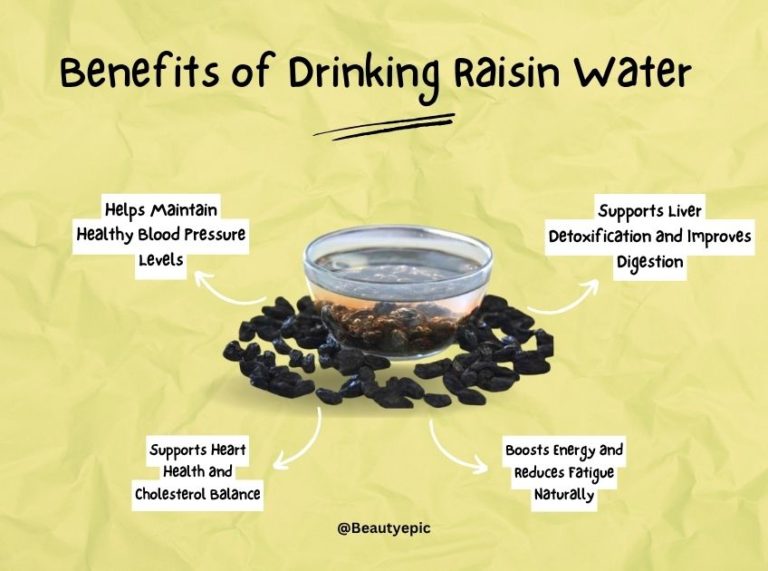
Important: This article is for informational purposes only. Please read our full disclaimer for more details.
Acid reflux occurs when stomach acid flows back into the esophagus, causing heartburn, chest discomfort, sour taste, burping, bloating, and throat irritation. While occasional reflux is common, frequent episodes may indicate GERD (Gastroesophageal Reflux Disease).
One of the most effective ways to manage acid reflux is by adjusting your diet, as certain foods can weaken the lower esophageal sphincter (LES), trigger excess acid production, or slow digestion—making symptoms worse.
Article Contains
- Fatty Foods & Fried Temptations: Why They’re a Big Trigger
- Spice Alert: How Fiery Foods Can Fuel Acid Reflux
- Fruits & Veggies That May Surprise You as Triggers
- Vegetables That May Trigger Symptoms
- Sip Wisely: Beverages Known to Trigger Acid Reflux
- Hidden Triggers: Other Foods and Habits That Worsen Reflux
- What Does Science Say About Acid Reflux Trigger Foods?
Fatty Foods & Fried Temptations: Why They’re a Big Trigger
High-fat foods are among the biggest culprits behind acid reflux flare-ups. Fat slows digestion and can cause the LES to relax, making it easier for acid to escape into the esophagus.
Common offenders include:
- Fried foods (pakoras, fries, samosas, fried chicken)
- Fatty cuts of meat
- Creamy sauces and gravies
- Cheese and full-fat dairy products
- Butter and ghee in excess
People with reflux often feel heaviness, bloating, and burning after a high-fat meal. Choosing grilled, baked, or steamed options can significantly reduce discomfort.
Spice Alert: How Fiery Foods Can Fuel Acid Reflux
Spices don’t cause reflux on their own but can irritate the esophageal lining, intensifying pain and burning once reflux occurs. This is especially true for people with frequent symptoms or sensitive digestion.
Foods to limit if you notice flare-ups:
- Chili peppers and red chili powder
- Black pepper
- Spicy curries
- Hot sauces
- Aromatic spices like garlic, onion, and ginger (for some individuals)
Remember, spice tolerance is personal—some people react strongly, while others don’t.
Fruits & Veggies That May Surprise You as Triggers
Fruits and vegetables are essential for health, but a few acidic varieties can worsen acid reflux symptoms.
Fruits to Limit:
- Oranges, lemons, limes
- Grapefruit
- Pineapple
- Tomatoes and tomato-based products (ketchup, pasta sauce, salsa)
Vegetables That May Trigger Symptoms
- Onions
- Garlic (especially raw)
- Chili-based vegetable dishes
These items can irritate the esophagus or increase stomach acid. Opt for alkaline or low-acid fruits like bananas, melons, papaya, apples, and pears instead.
Sip Wisely: Beverages Known to Trigger Acid Reflux
What you drink matters just as much as what you eat. Some beverages can increase acid production, relax the LES, or cause gas and bloating that worsens reflux.
Common triggers include:
- Coffee and caffeinated tea
- Carbonated drinks and sodas
- Alcohol (especially wine and beer)
- Citrus juices (orange, lemon)
- Energy drinks
Hydrating alternatives include herbal teas (chamomile, licorice, ginger), coconut water, and plain water.
Hidden Triggers: Other Foods and Habits That Worsen Reflux
Beyond the obvious trigger foods, several other eating habits and ingredients can aggravate acid reflux:
- Chocolate: Contains caffeine and theobromine, both known to relax the LES.
- Mint (peppermint, spearmint): Surprisingly triggers reflux for many, as it loosens the LES.
- Processed snacks & fast foods: High sodium and unhealthy fats can slow digestion.
- Late-night meals & overeating: Eating close to bedtime or in large portions increases reflux risk.
Smaller, frequent meals help reduce pressure on the stomach and lower the probability of acid rising.
What Does Science Say About Acid Reflux Trigger Foods?
Research consistently supports the link between diet and reflux:
- A study from The American Journal of Gastroenterology found that high-fat foods, chocolate, caffeine, and alcohol significantly worsen reflux symptoms (1)(2).
- Citrus fruits and carbonated beverages (3) have been shown to increase esophageal sensitivity, making symptoms more intense.
- Studies also highlight that dietary modification and meal timing play a central role in managing reflux naturally (4).
While triggers vary by person, keeping a food diary helps identify personal sensitivities.
Frequently Asked Questions (FAQ’S)
1. Do I have to avoid all these foods forever?
A. No. Everyone’s triggers are different. It’s about identifying which foods affect you and limiting or moderating them rather than strict elimination.
2. Can I drink coffee with acid reflux?
A. You may try low-acid coffee, reduce cup size, or switch to decaffeinated versions. If symptoms persist, it’s best to replace coffee with herbal alternatives.
3. Can lifestyle changes help reduce acid reflux along with diet?
A. Yes. Eating smaller meals, avoiding lying down after eating, maintaining a healthy weight, and elevating your head while sleeping can significantly help.
Avoiding trigger foods is one of the most effective natural strategies to control acid reflux. While individual reactions vary, being mindful of high-fat, spicy, acidic, and caffeinated foods can make a big difference. Pairing dietary changes with healthy eating habits, stress control, and mindful meal timing often leads to long-term relief.
If symptoms persist despite dietary changes, consult a gastroenterologist for evaluation and tailored treatment.















